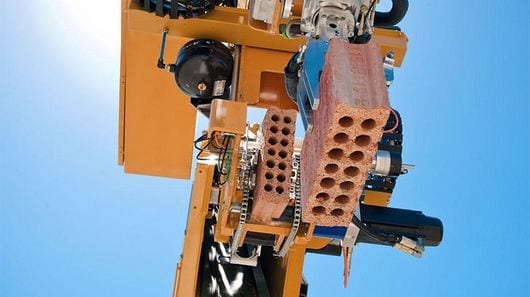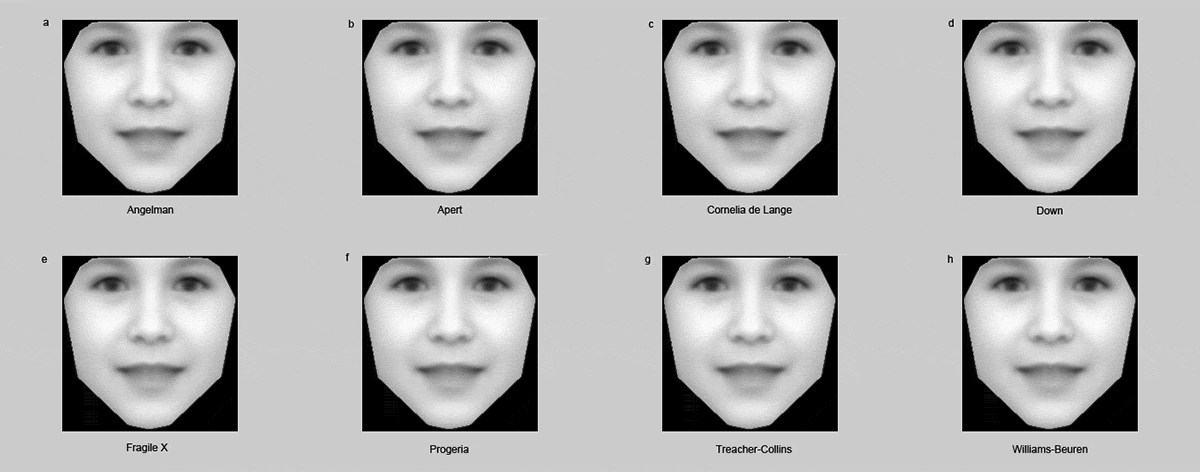
The Landesgartenschau Exhibition Hall in Stuttgart, Germany, is claimed to be the first building to have its core structure made entirely from interlocking timber sections created by robots.
Made up of over 240 individual segments of beech plywood created using a robotic fabrication method, the 17 meter (55 ft) tall, 245 square meter (2,637 sq ft) structure required just 12 cubic meters (424 cubic feet) of timber to construct.
Looking remarkably like a very large peanut, the exhibition hall consists of plywood panels just 50 mm (2 in) thick that, according to the academics from the University of Stuttgart who constructed it, make use of 7,600 individual finger joints interlocked in such a way that they create a shell that needs no additional support.
Though other timber buildings – such as the “WikiHouse” – have benefited from the use of computer-controlled milling machines and robotics, most of these are made using conventional construction methods, such as stud frames and truss roofs. The Landesgartenschau Exhibition Hall is different because it uses structural forms that mimic those found in nature in its construction.
Read more . . .
The Latest on: Robotic construction
[google_news title=”” keyword=”Robotic construction” num_posts=”10″ blurb_length=”0″ show_thumb=”left”]
via Google News
The Latest on: Robotic construction
- Camhirst Robots Introduces Innovative 3D Construction Printing Technology in Greater Manchester to Address Global Housing Shortageon May 8, 2024 at 4:34 am
Camhirst Robots, a pioneering robotics company, has announced the opening of its new headquarters in Ashton Under Lyne and its inaugural manufacturing facility in Stalybridge. Positioned in the heart ...
- New Modular Large Robotson May 7, 2024 at 8:46 pm
The IRB 7710 and 7720 add more flexibility to a series of devices now capable of handling payloads from 70 to 620 kg, for high-payload and high-accuracy applications.
- ABB expands line of modular industrial robotson May 7, 2024 at 8:26 am
ABB introduced the IRB 7710 and IRB 7720 industrial robot arms that offer 16 new variants and are designed for a variety of applications.
- Engineers create a caterpillar-shaped robot that splits into segments, reassembles, hauls and crawlson May 6, 2024 at 12:00 pm
Engineers at Princeton and North Carolina State University have combined ancient paper-folding and modern materials science to create a soft robot that bends and twists through mazes with ease.
- Pioneering innovation in construction engineering, roboticson May 6, 2024 at 10:31 am
In the field of construction engineering and robotics, few names resonate with innovation and groundbreaking advancements like that of Hafiz Oyediran, a visionary Ph.D. Candidate at the College of ...
- "Automation is Bedrock of Productivity" – Built Robotics Exec's Construction Tech Forecaston May 6, 2024 at 10:17 am
Erol Ahmed says autonomous construction equipment and other tech don't have to be scary – they can be brought in piece by piece in easy ways.
- Meet the new members of your jobsite safety team – robotson May 6, 2024 at 12:17 am
A pilot program using AI and autonomous robots provided detailed monitoring and scoring of everything from lighting conditions and fall hazards to PPE and fire safety, giving instant feedback to both ...
- Construction and development experts: Keep a finger on the pulseon May 5, 2024 at 9:02 pm
When it comes to robots literally doing construction work – we’re not there yet. There are tools to help, but getting sector or worker buy-in isn’t always easy. Thaon echoed the slowness of the ...
- World’s first fully electric robot boasts 550 trillion ops, 4mph speedon May 4, 2024 at 7:06 am
Beijing Humanoid Robot Innovation Center Company has developed the world's first humanoid robot that can sprint at a steady speed of 3.73 mph.
- Robotics, Sustainability, Resiliency Are Standards For Future Homeson May 3, 2024 at 6:01 am
Three startups demonstrate that technology and automation can be used to produce homes faster, at lower costs and with better performance.
via Bing News










